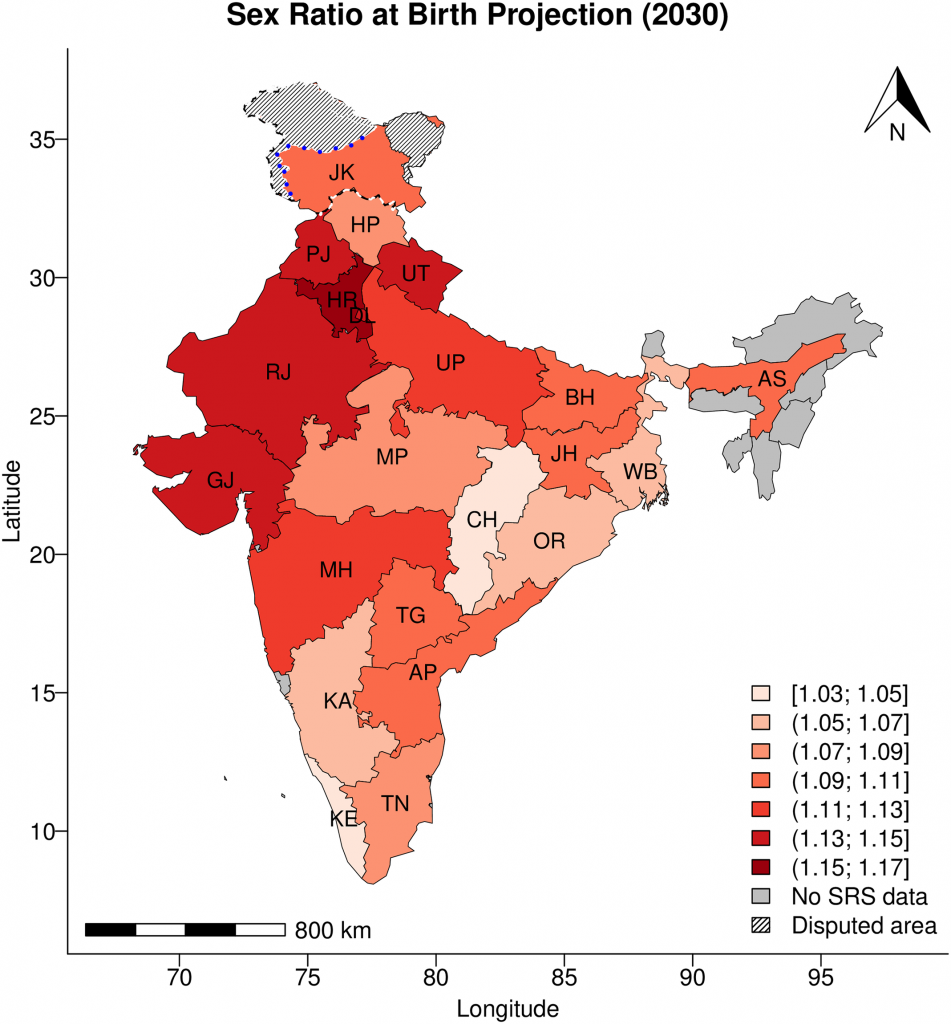Female Feticide: Unlawful Termination of the Female Fetus
- imaarafoundation
.png/v1/fill/w_320,h_320/file.jpg)
- Mar 1, 2023
- 3 min read
Updated: Apr 21
“Hello there! I’m here to provide you with a bit of information on what female feticide is, its various facets, and the Indian laws relevant to this abuse. Experiencing abuse in any form is NOT OKAY, but what you are experiencing as a result of abuse is valid. What you, as a bystander, are going through while supporting a survivor is absolutely okay and typical too! If you need additional resources or just someone to talk to, feel free to reach out to Imaara Foundation."

Written By: Shashank Ramachandran
What is female feticide?
Female Feticide is the intentional illegal-termination of a female fetus, generally due to society’s perceived preference for male newborn children. It continues to rob the future of many possibly sparkling female personalities and contributes to a flawed misconception regarding newborn female children.
Why does female feticide occur?
In India, patriarchal mindsets continue to persist in communities and are deeply ingrained in the mental makeup of society. There is a myopic perspective that a female child bears ‘less value’ than a male child, because the female child is a ‘burden’ on the family, as the family has to pay to get her married. Male children are looked at as ‘breadwinners’ and they are desired by parents, especially in the rural areas of India.
What measures have been taken to prevent female feticide?
Prenatal sex determination was banned in India as early as 1994, through the Pre-Conception and Pre-Natal Diagnostic Techniques Act, 1994. This was done in an attempt to stop sex-selective abortion, but has been proven difficult to enforce.
Since the technology for sex determination became available in the 1970s, India is estimated to have an appalling 63 million fewer women than expected. This means that female feticide is something that should be on the forefront of social discourse (Selective Abortion in India Could Lead to 6.8m Fewer Girls Being Born by 2030, 2020).
Abortion is legal in India, however abortions based on the sex of the foetus are illegal. This means that abortions are carried out at the discretion of the physician. An abortion can be carried out:
If the foetus has any abnormalities
If the pregnancy is life-threatening to the mother or the foetus
If the pregnancy occurred due to the failure of contraception in married women or,
If the pregnancy resulted from an instance of sexual assault.
What negative impact has female feticide had on society?
The killing of newborn female children and female fetuses leads to a skewing of the sex ratio towards men. The Sex Ratio at Birth (SRB) in India has been declining since 1961.
Research shows that a skewed SRB can have adverse effects on society. A surplus of men in a society makes it harder for men to gain economic stability through blue-collar jobs. This may be observed in the Northern and Northwestern states of India, where the SRB disparity is the highest. Consequently, men may end up joining criminal gangs to find a source of income.
This surplus of men also means it’s much harder to find a bride, which leads to forced marriages and sometimes even human trafficking (Gender inequality, patriarchy skewed India’s sex ratio, 2020) (Un-Natural Selection: Female Feticide in India, 2021).

What Indian Laws are in Place to Combat Female Feticide?
In 1971, India passed its Medical Termination of Pregnancy (MTP) Act to make abortion legitimate under various circumstances. The MTP Act was also amended in 2021, to increase the gestation period to 24 weeks in certain cases.
Sections 312-316 of the Indian Penal Code (IPC) deal with the miscarriage and death of an unborn child, with sentences ranging from seven years in jail and a fine, to life imprisonment depending on the seriousness and purpose of which the offence is committed. They criminalize crimes related to female feticide as follows:
IPC Section 312 - Causing miscarriage
IPC Section 313 - Causing miscarriage without woman's consent
IPC Section 314 - Death caused by act done with intent to cause miscarriage
IPC Section 315 - Act done with intent to prevent child being born alive or to cause it to die after birth
IPC Section 316 - Causing death of quick unborn child by act amounting to culpable homicide
What are this article's references?
iPleaders. (2016). Laws Against Female Foeticide In India
https://blog.ipleaders.in/laws-female-foeticide-india/
Kennedy School Review. (2019). India’s Skewed Sex Ratio and Its Long-Term Implications
https://ksr.hkspublications.org/2019/01/22/india-skewed-sex-ratio/
The Guardian. (2020). Selective abortion in India could lead to 6.8m fewer girls being born by 2030
The Federal. (2020). Gender inequality, patriarchy skewed India’s sex ratio
https://thefederal.com/analysis/gender-inequality-patriarchy-skewed-indias-sex-ratio/
The Public Health Advocate. (2021). Un-Natural Selection: Female Feticide in India.
https://pha.berkeley.edu/2021/04/10/un-natural-selection-female-feticide-in-india/
S. Bhambri & Associates. (2021). FEMALE FOETICIDE: LEGAL MEASURES TO CURB THIS SOCIAL EVIL
https://www.sbhambriadvocates.com/post/female-foeticide-legal-measures-to-curb-this-social-evil




Comments